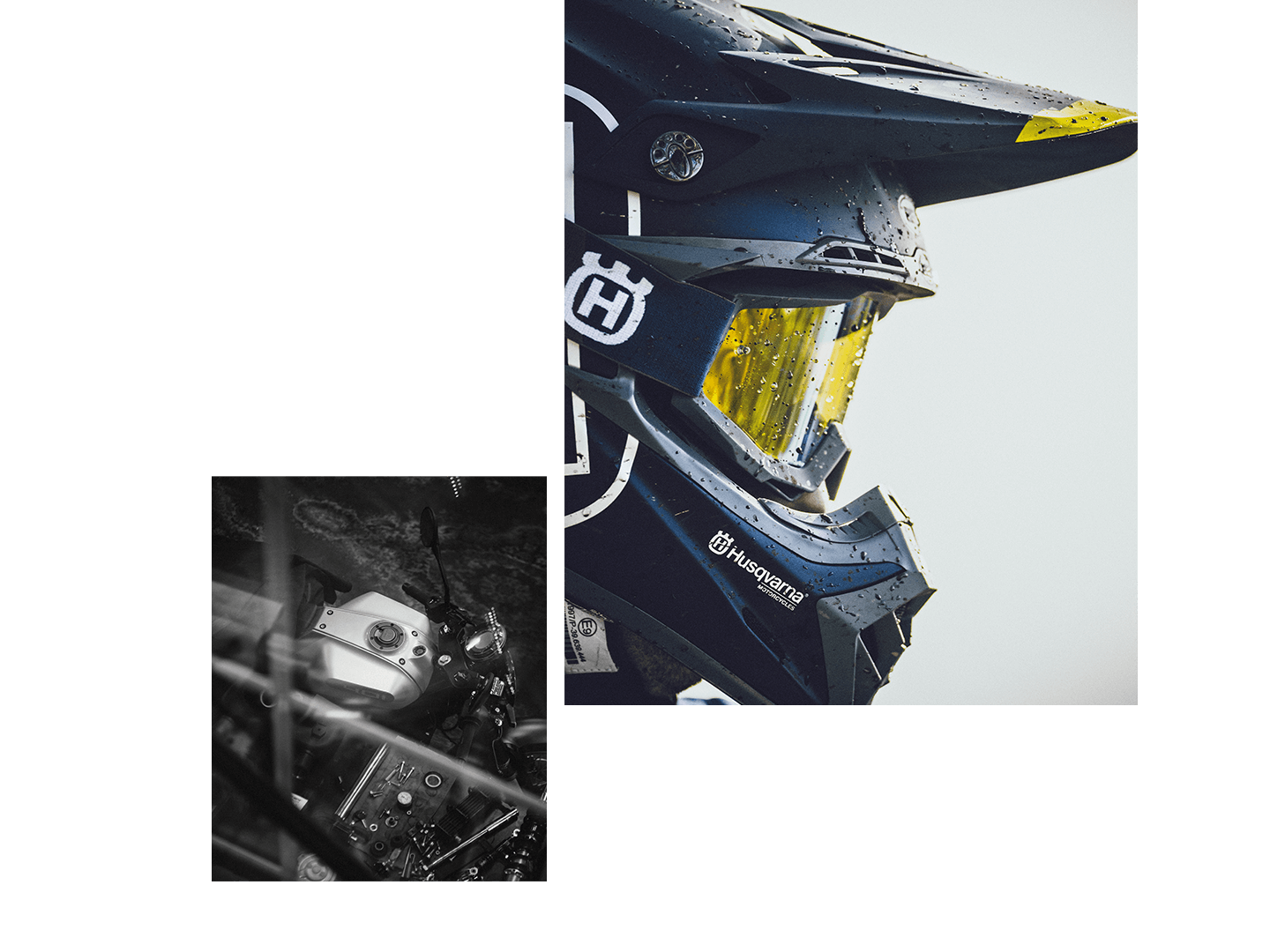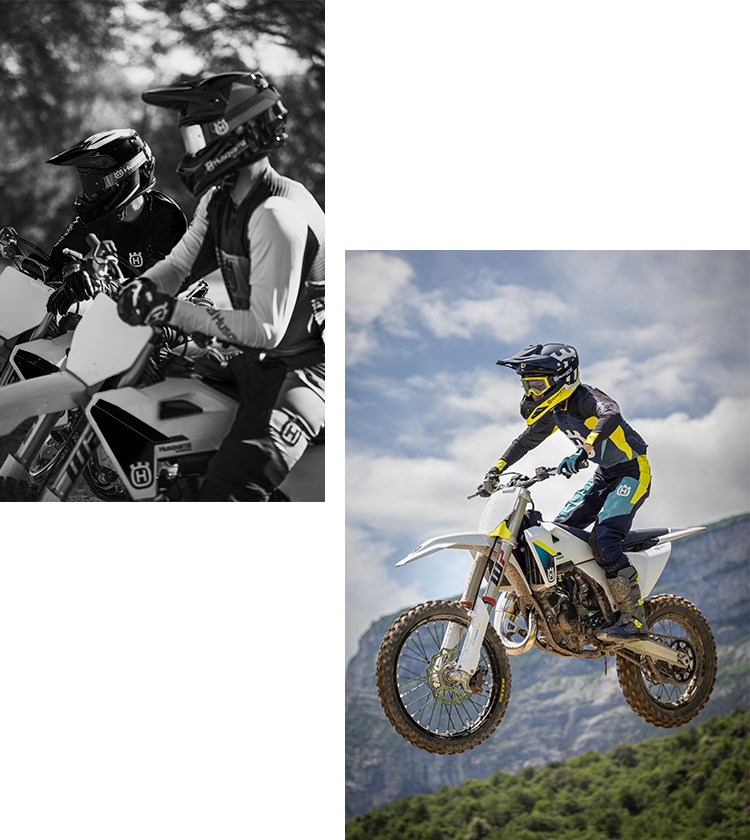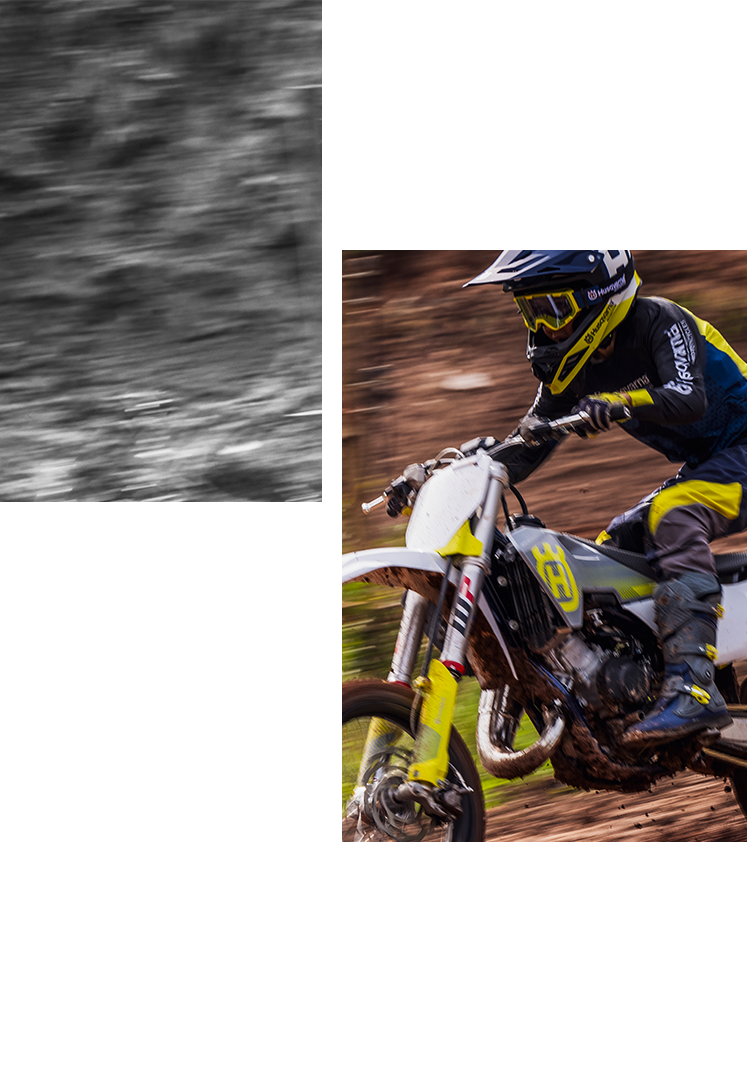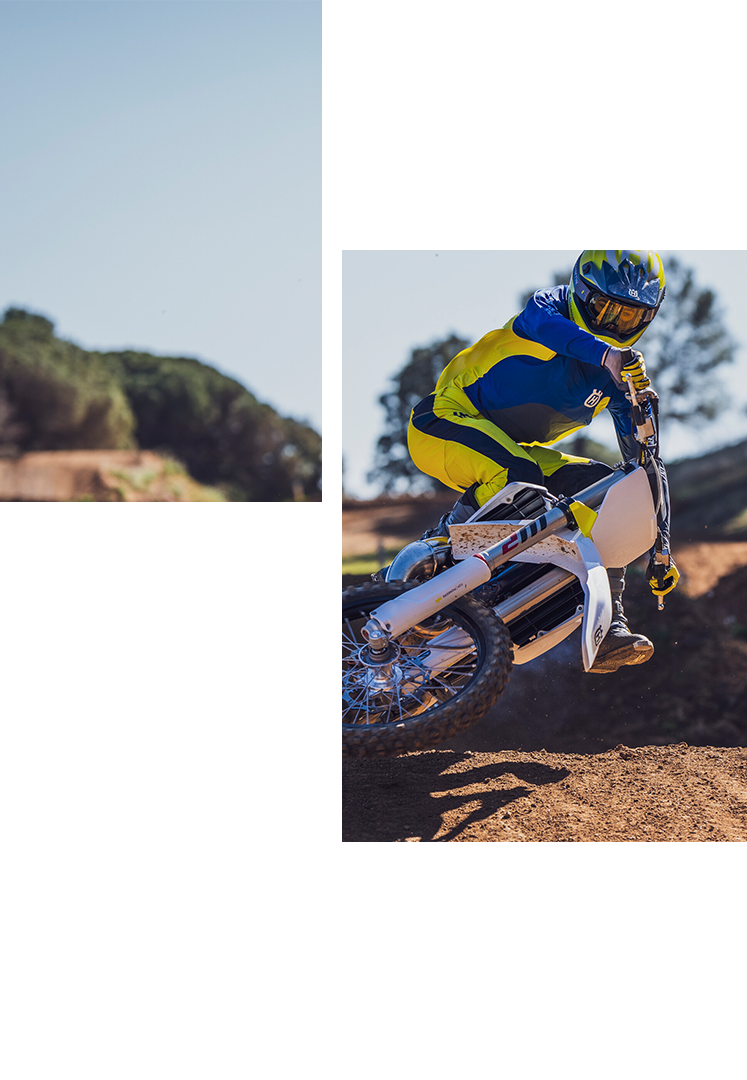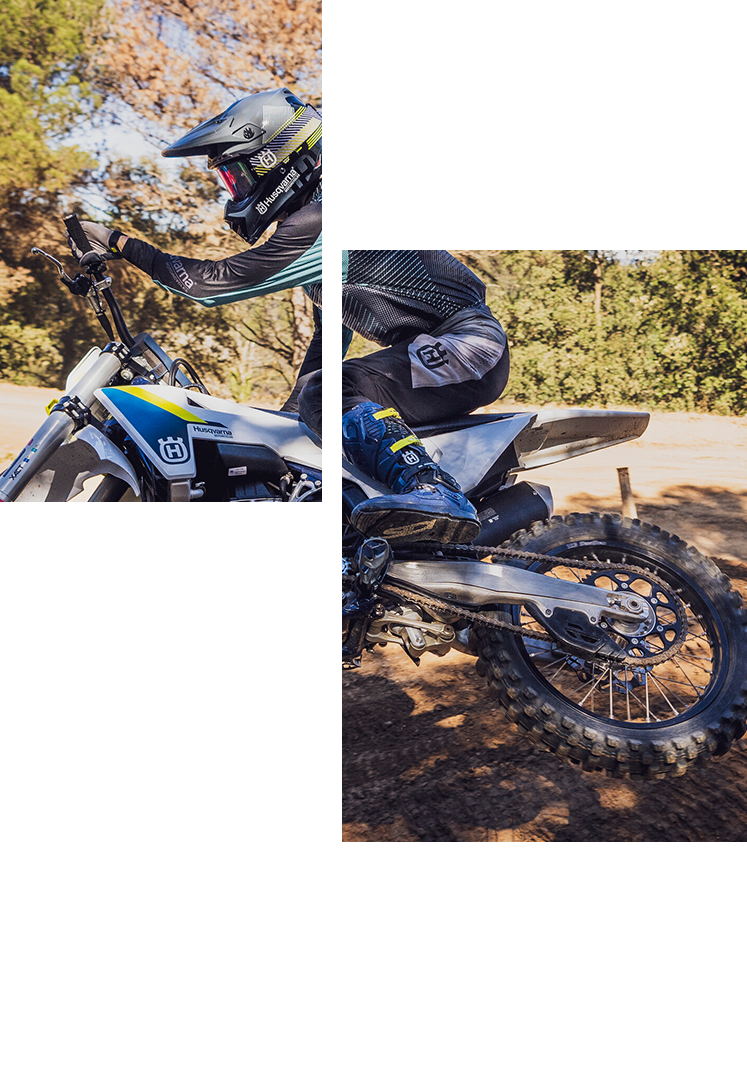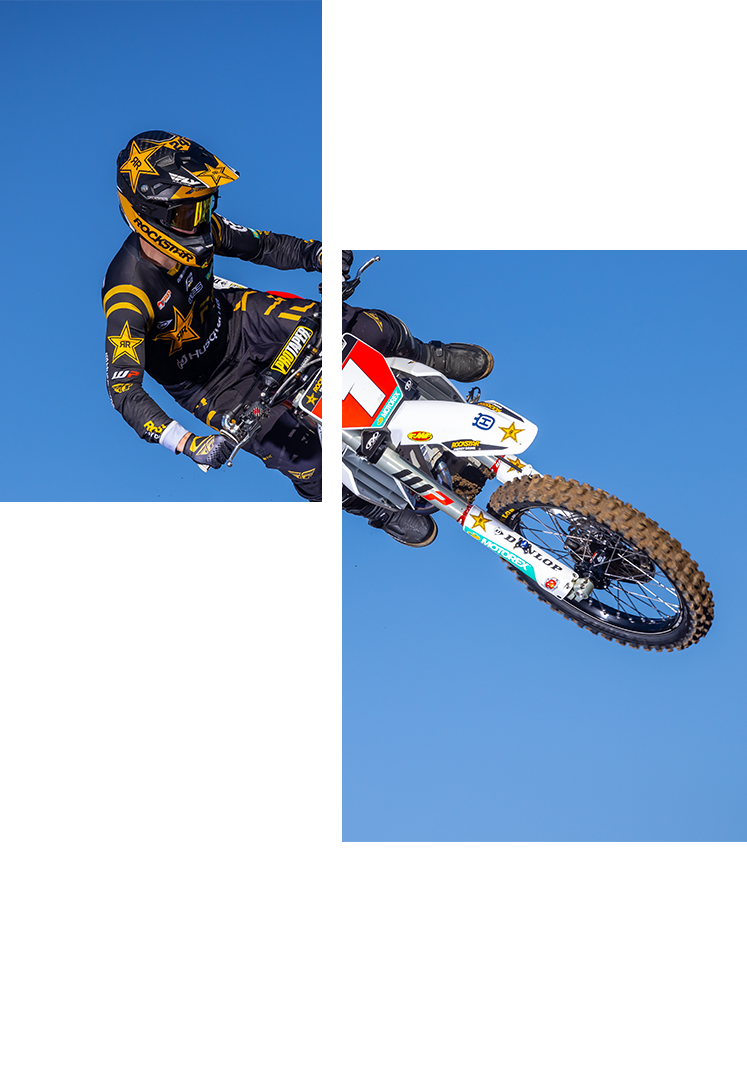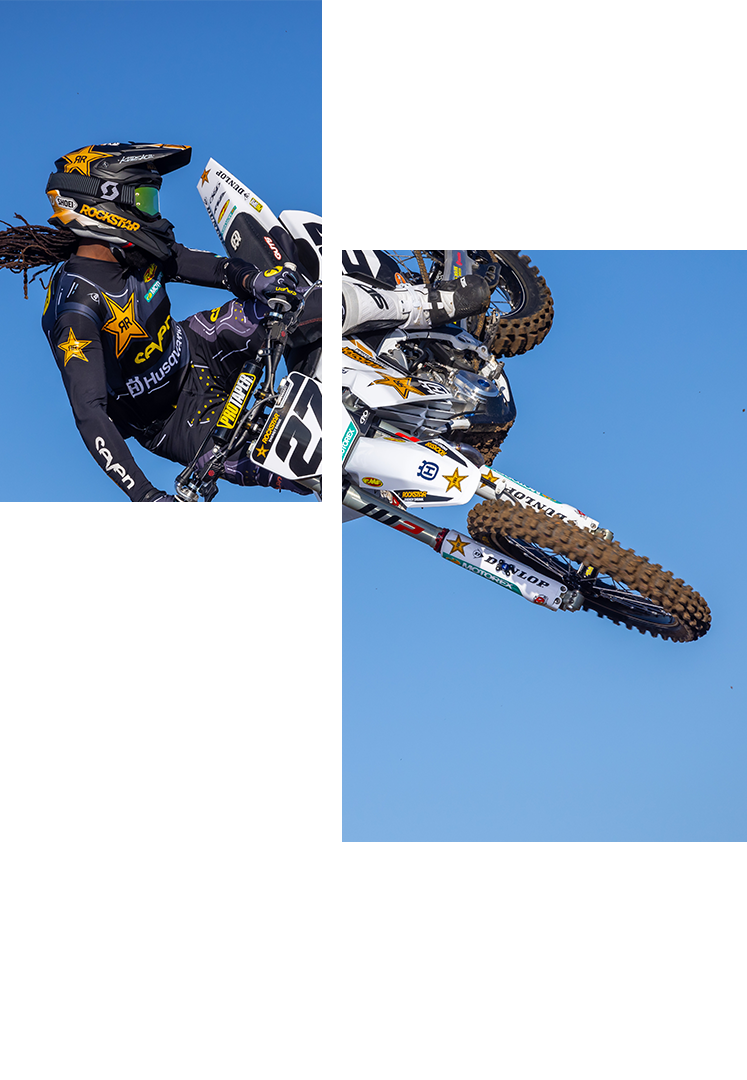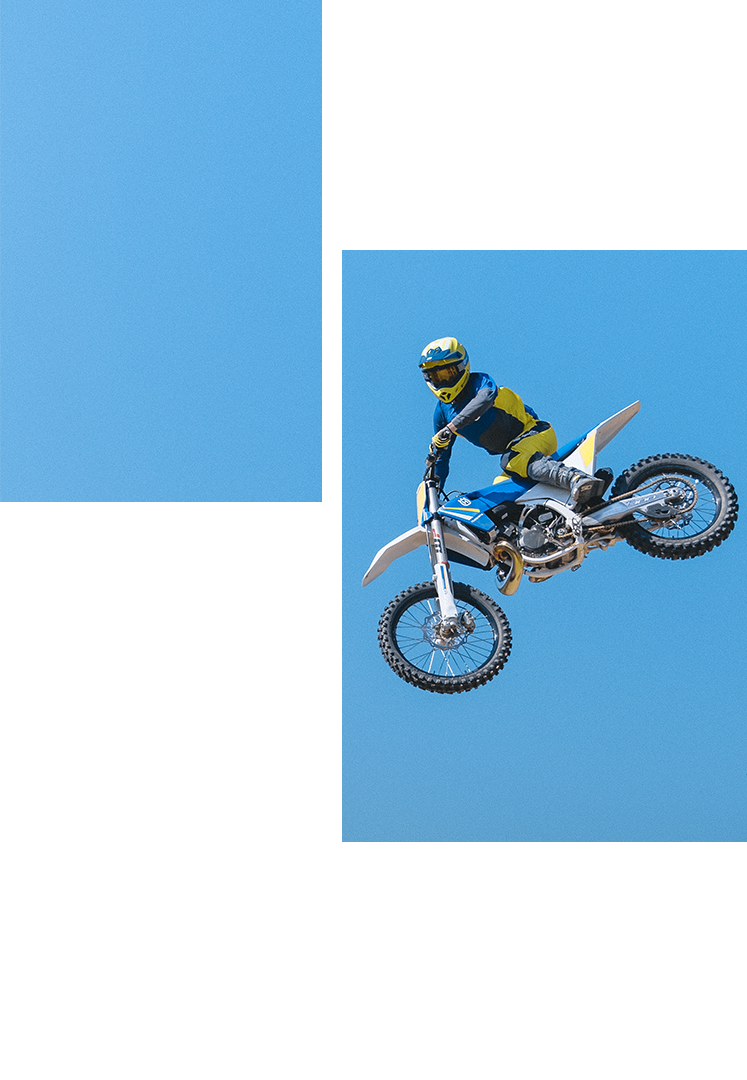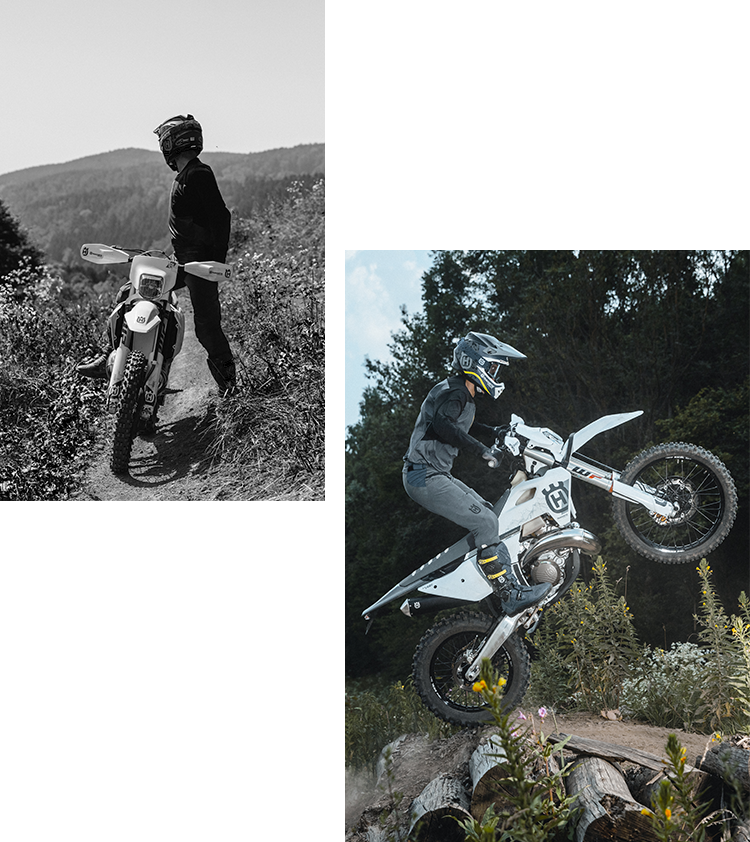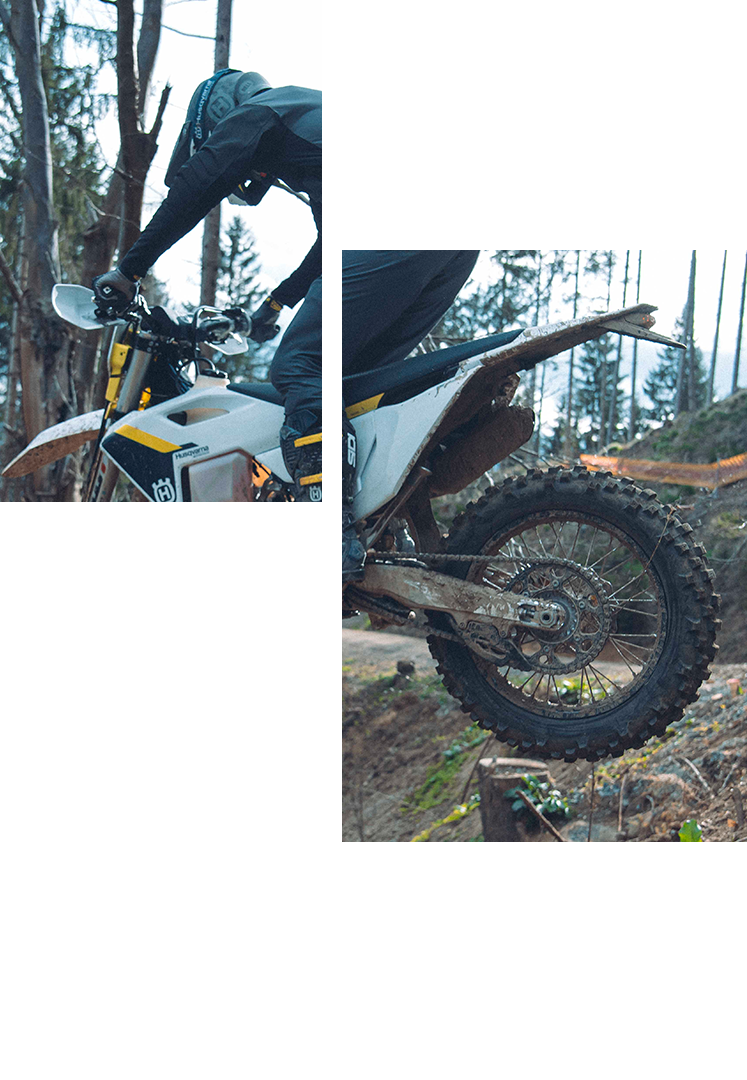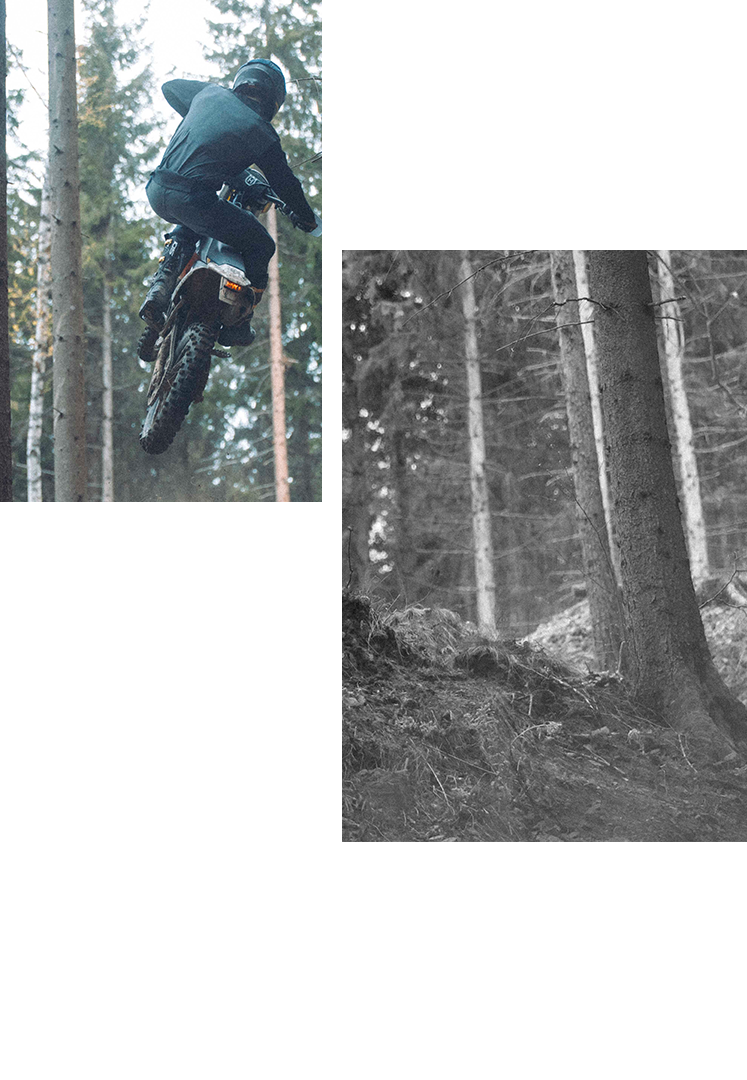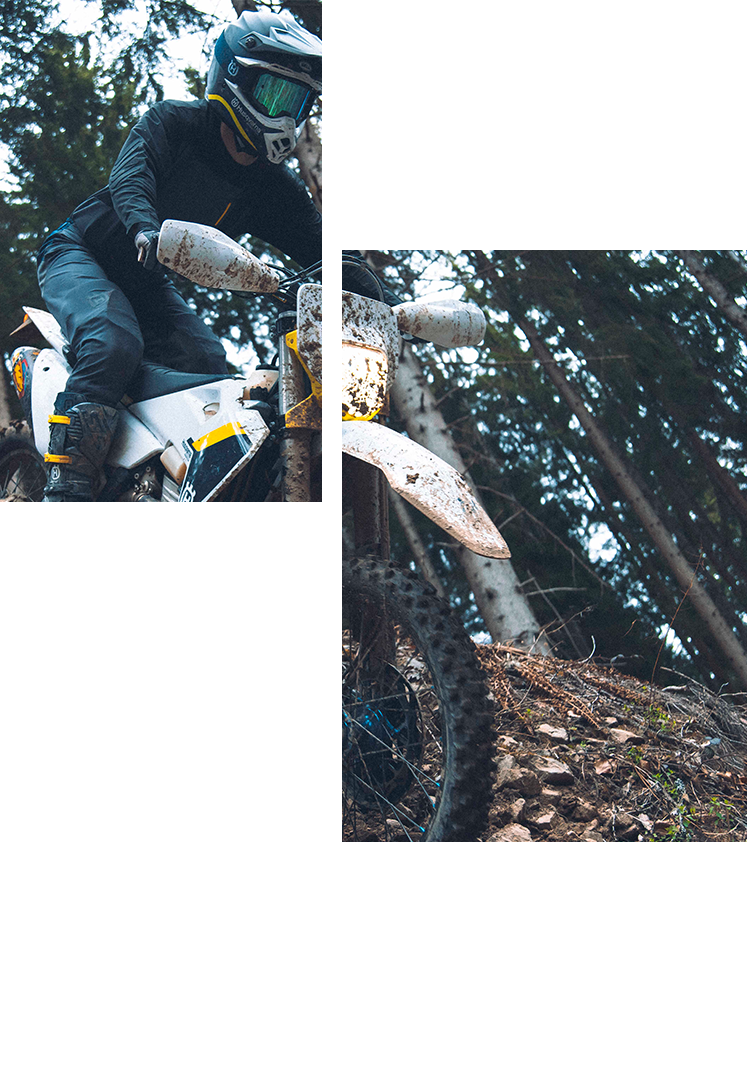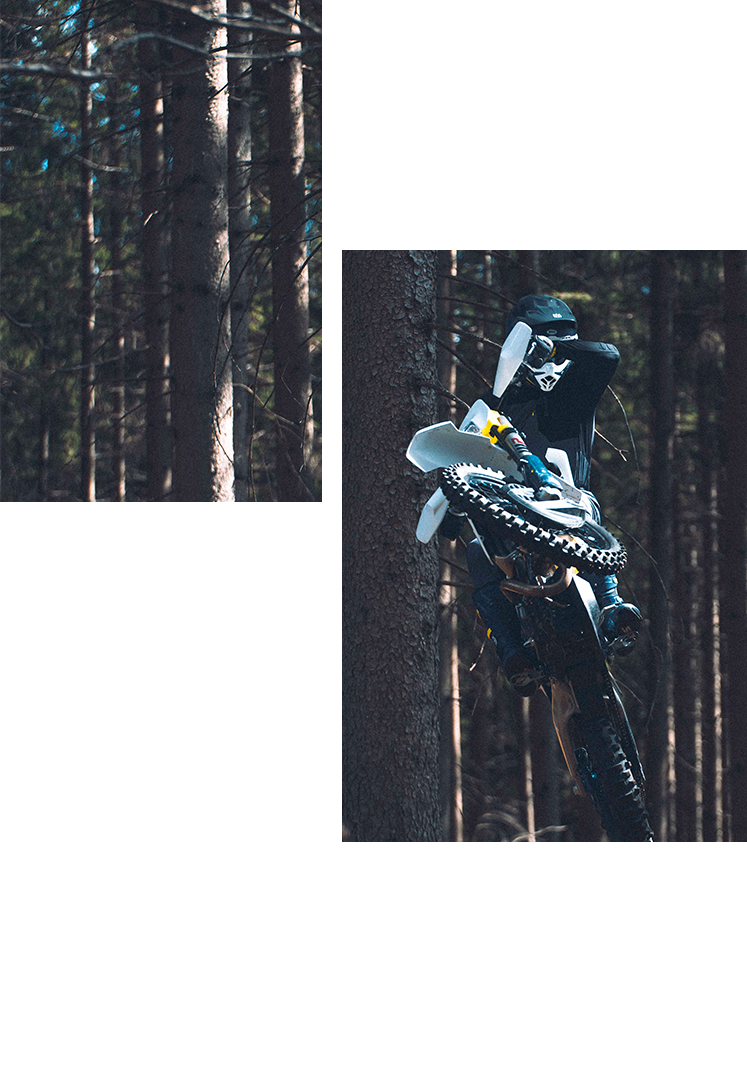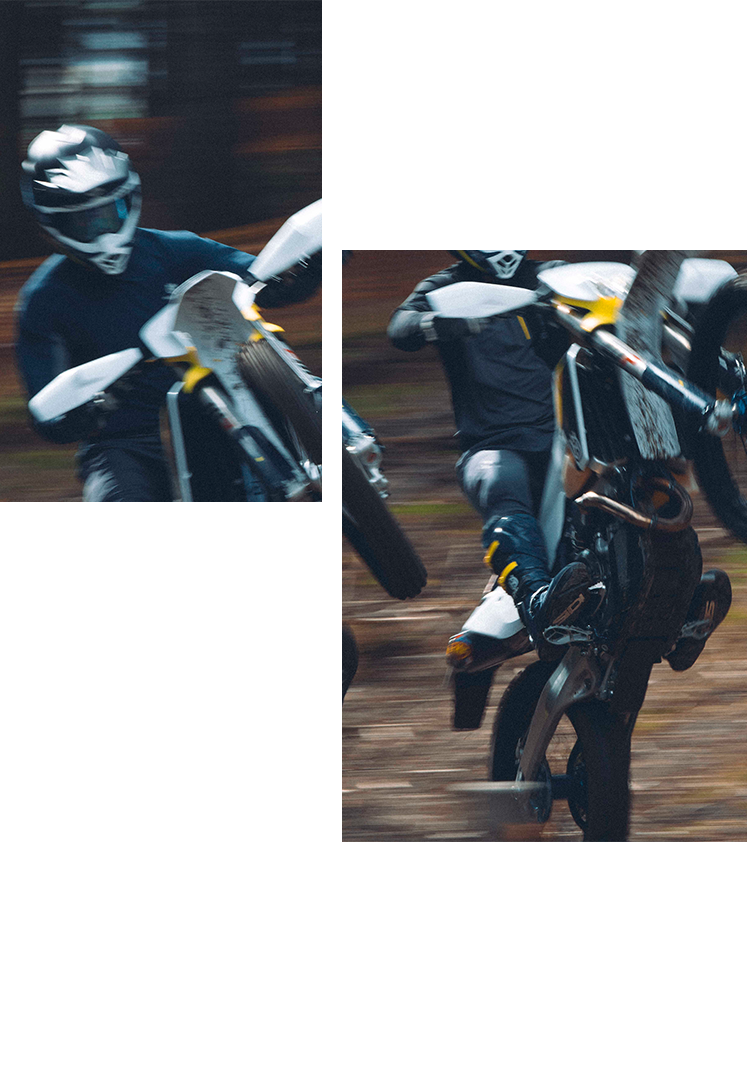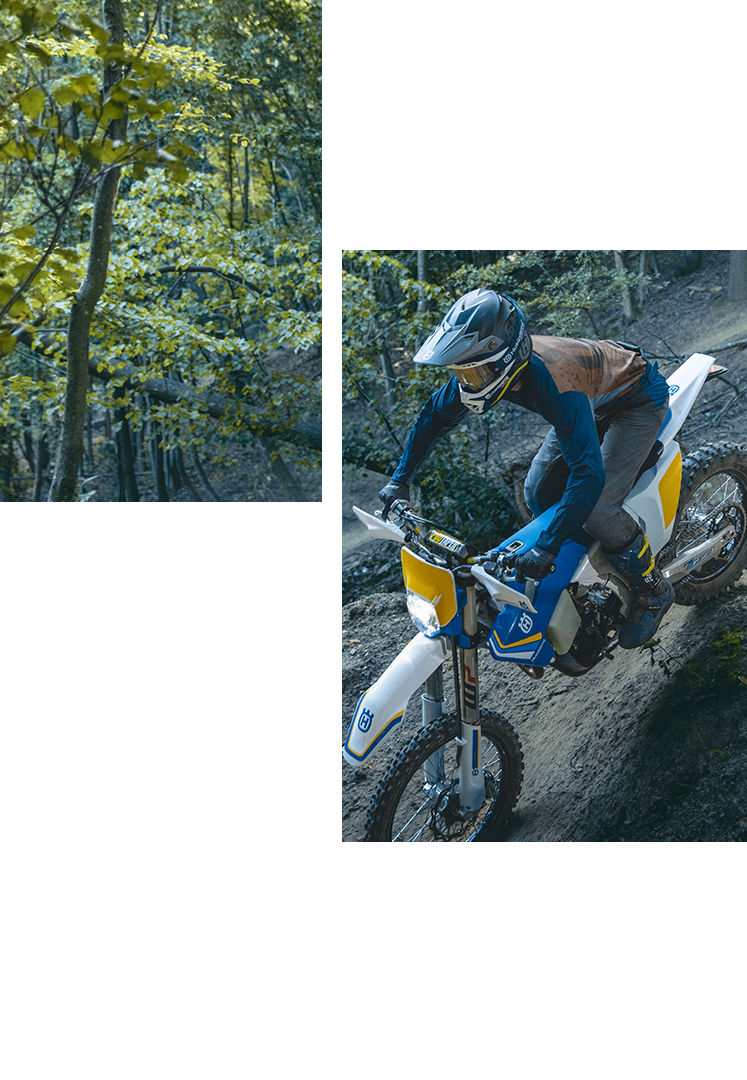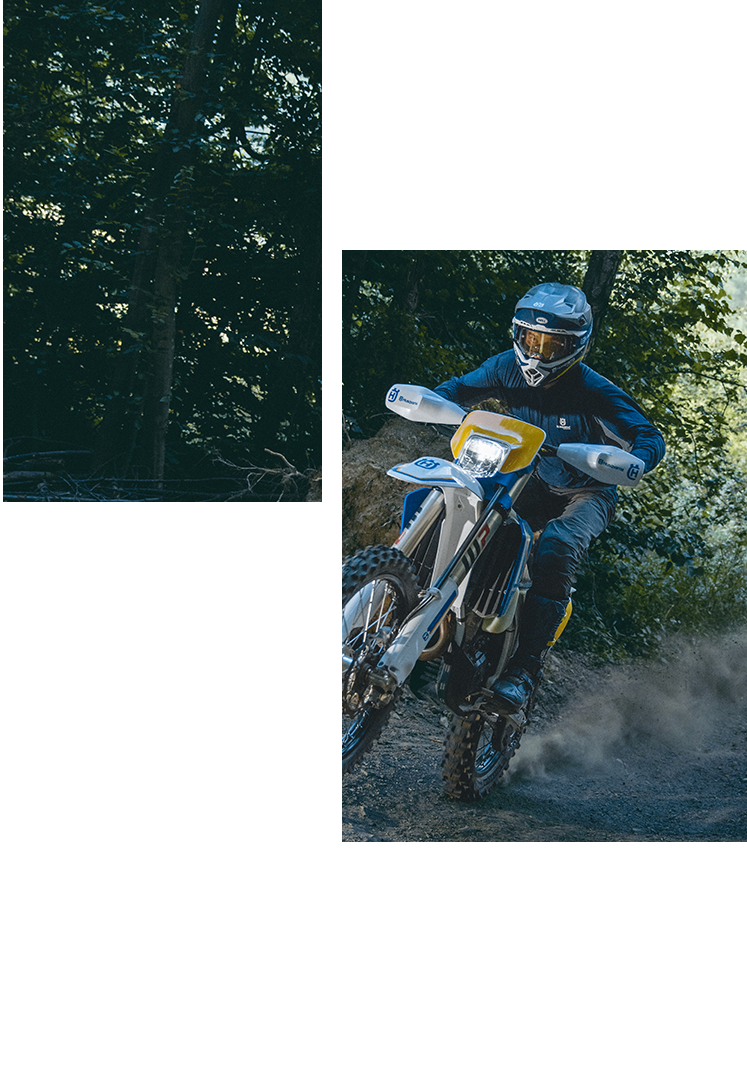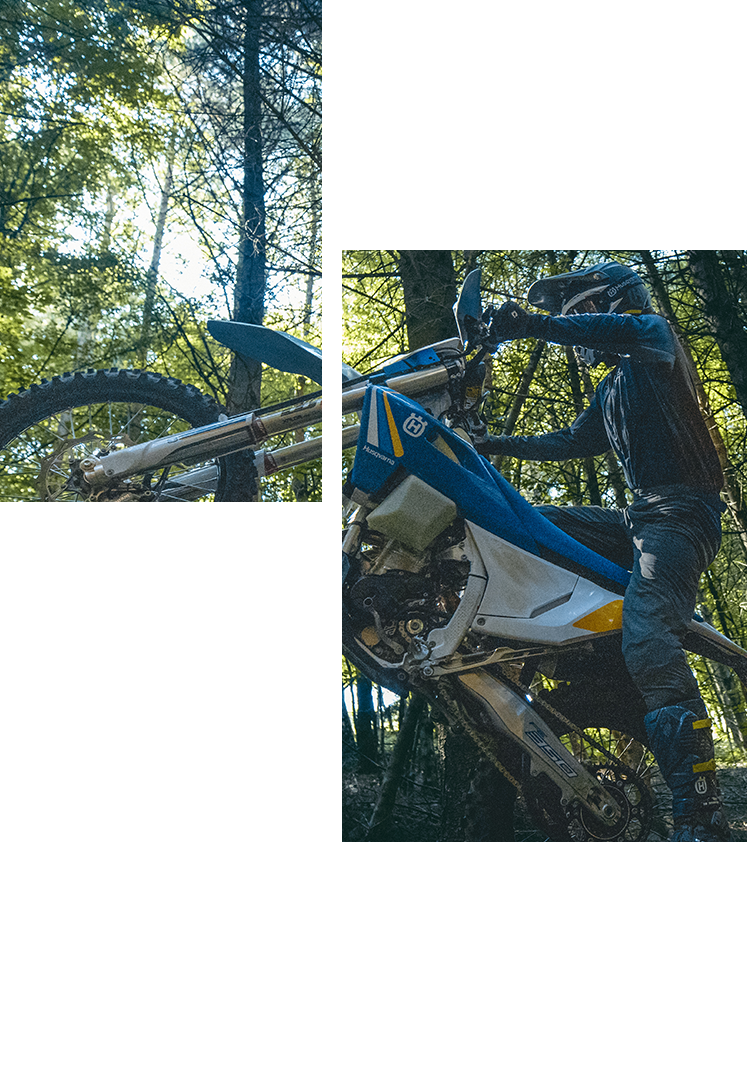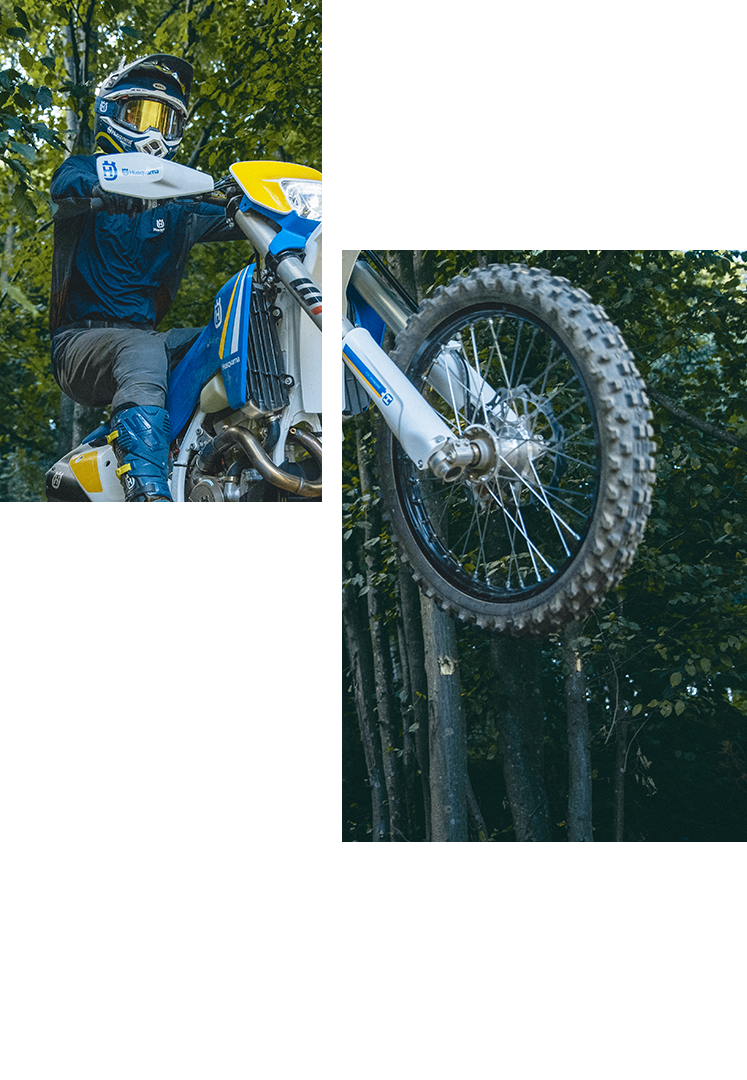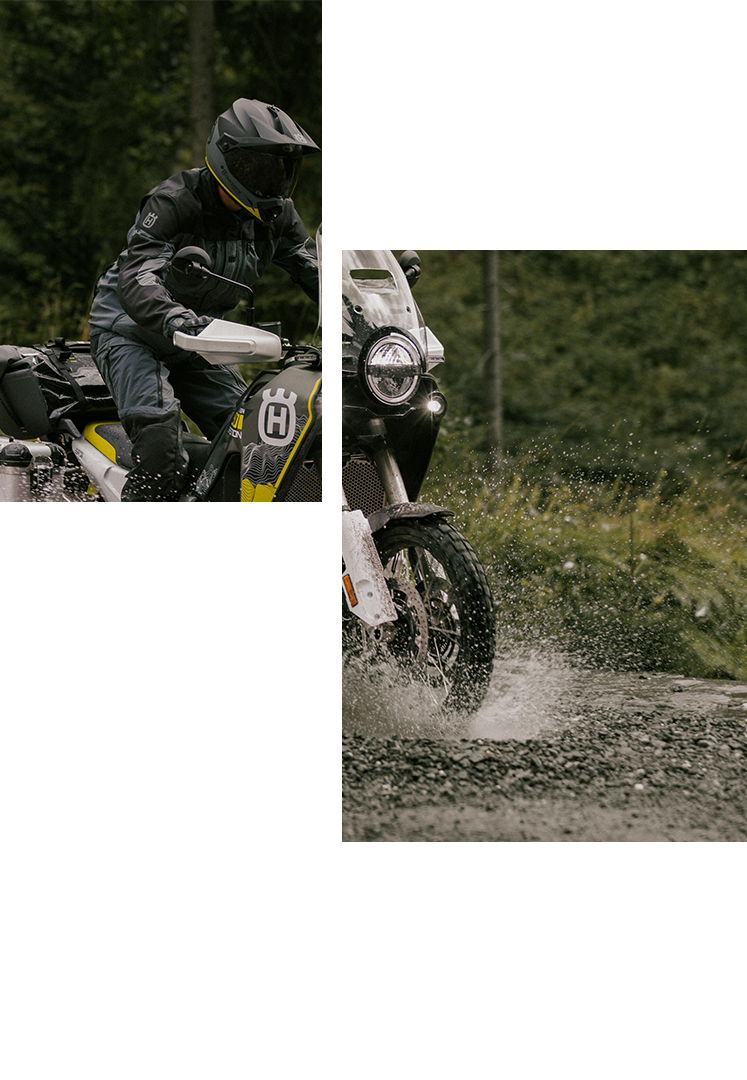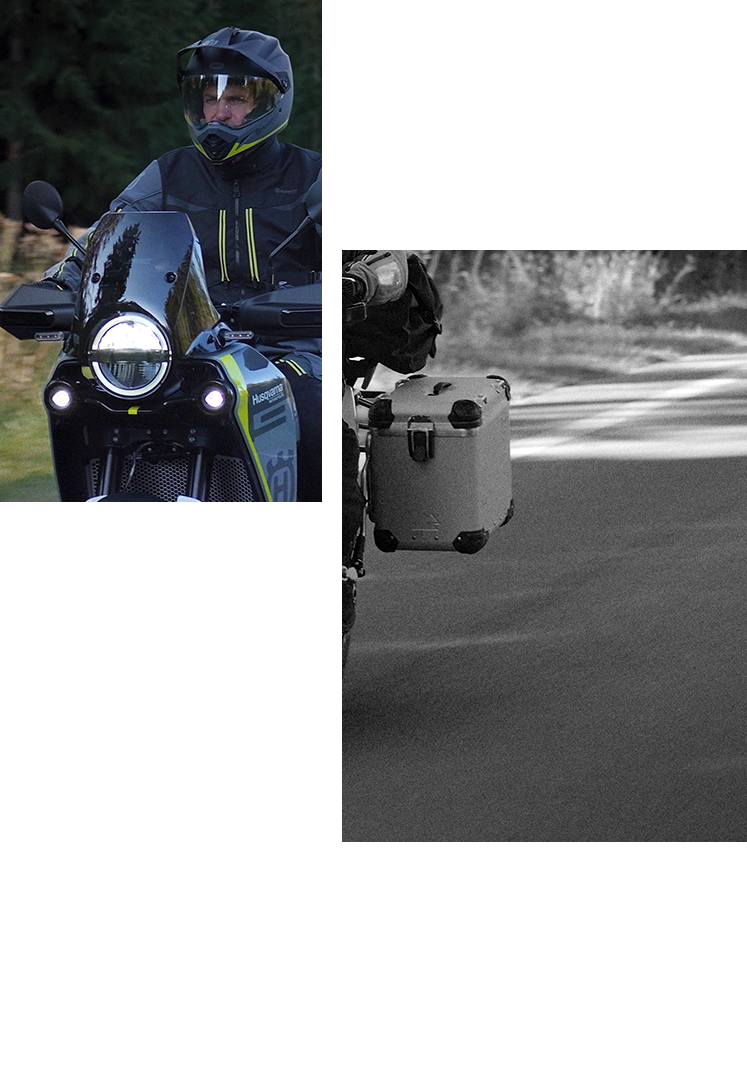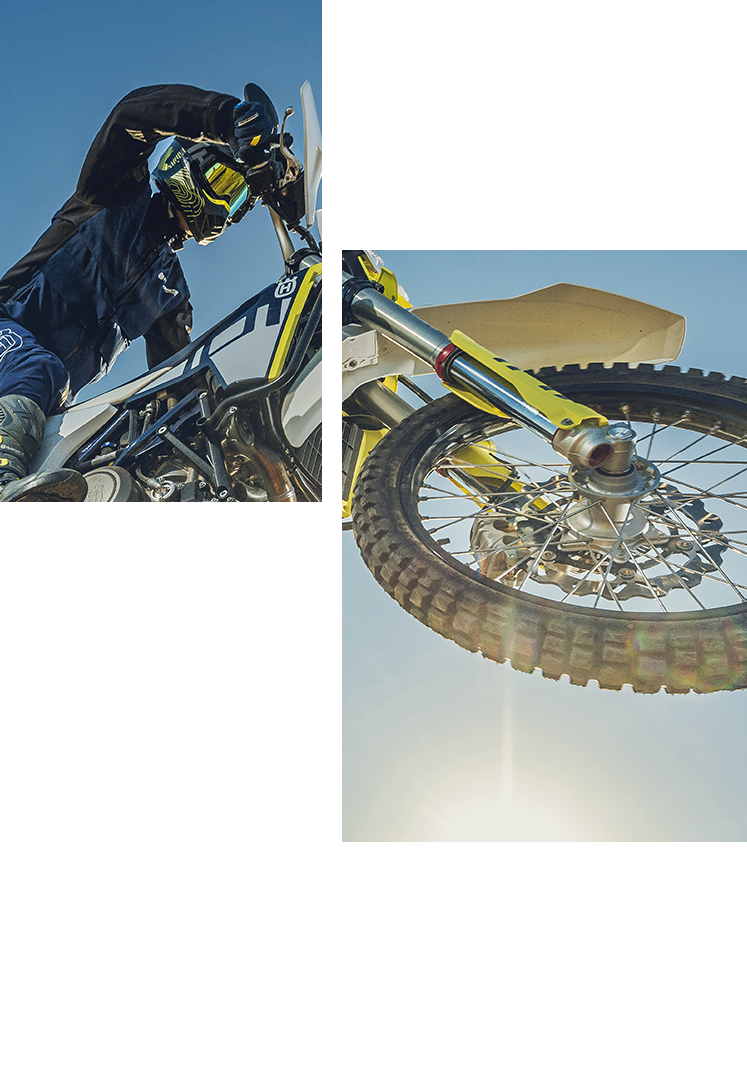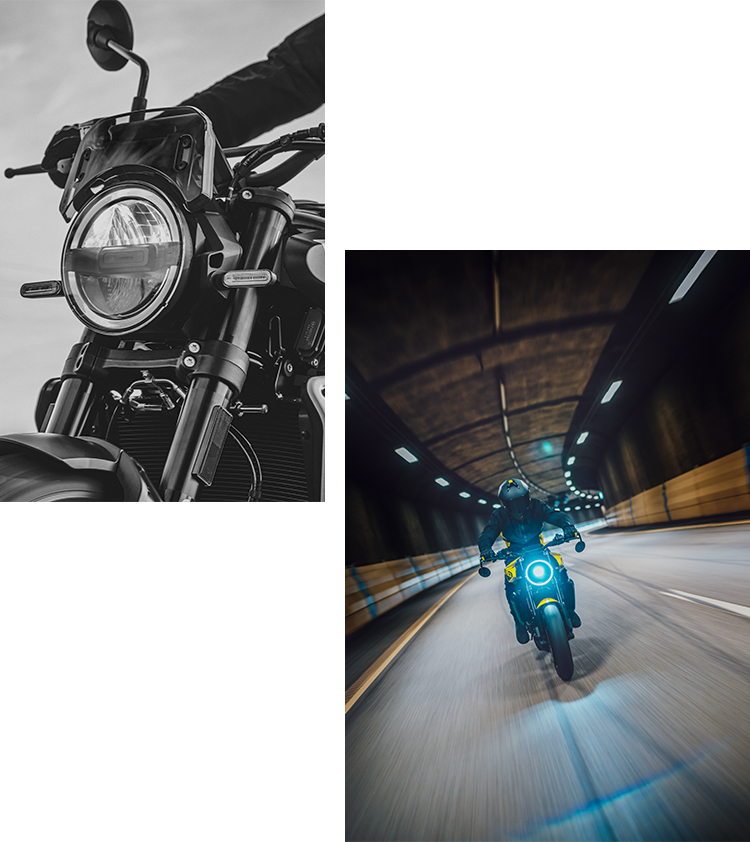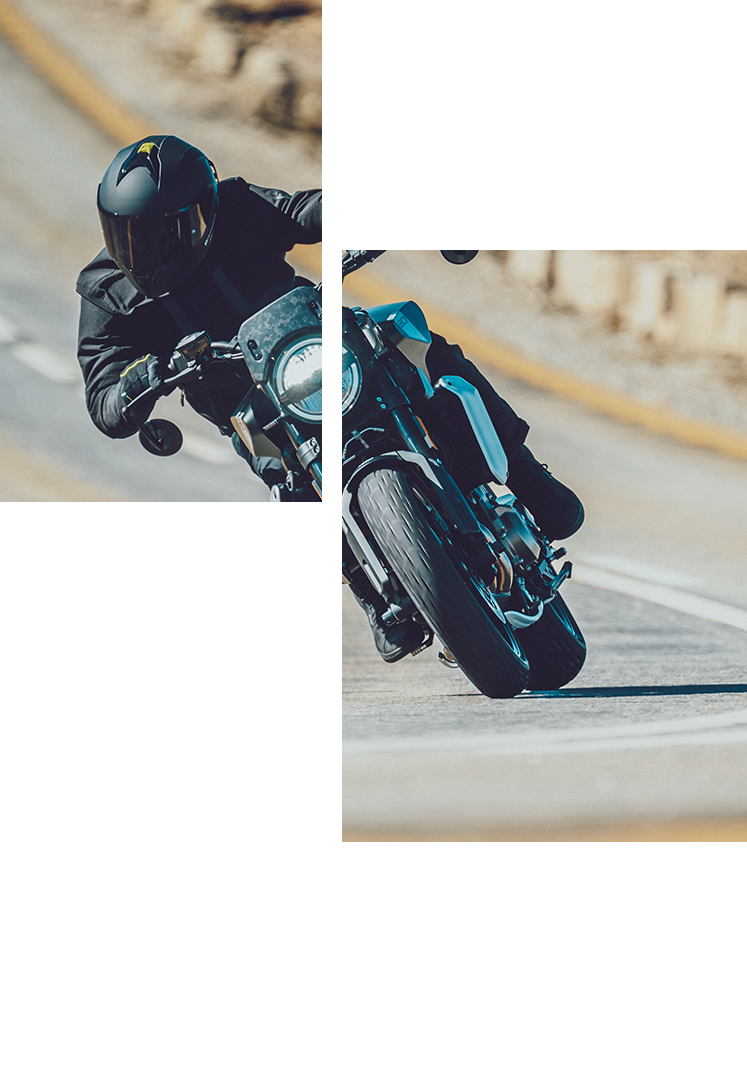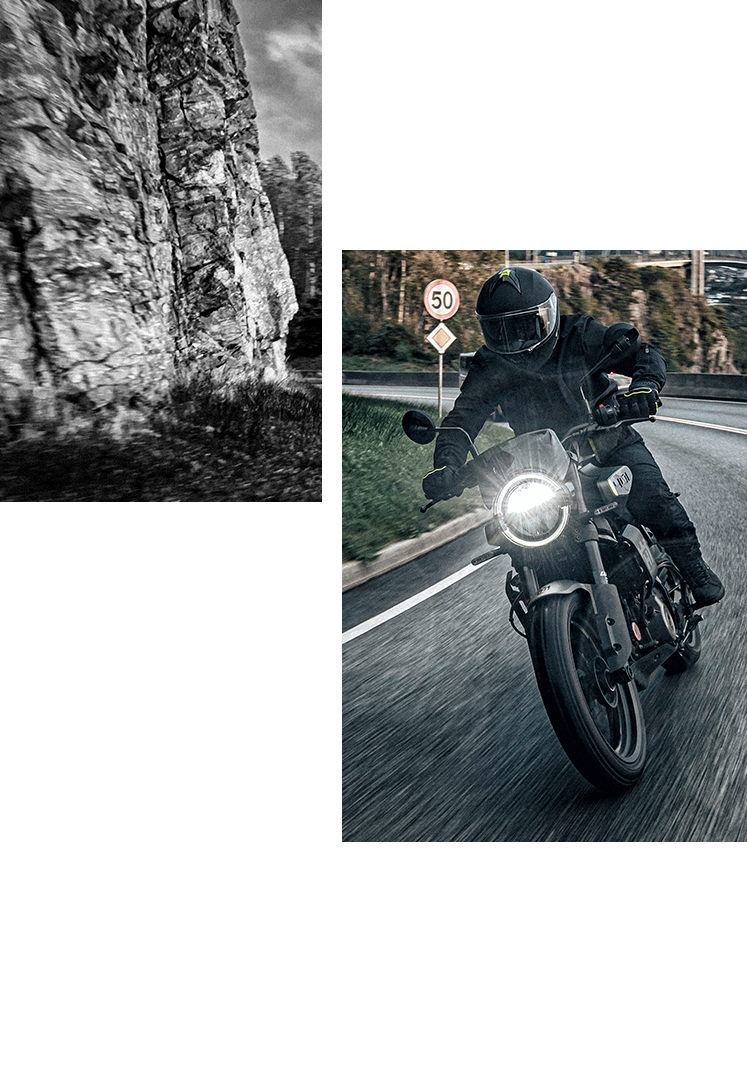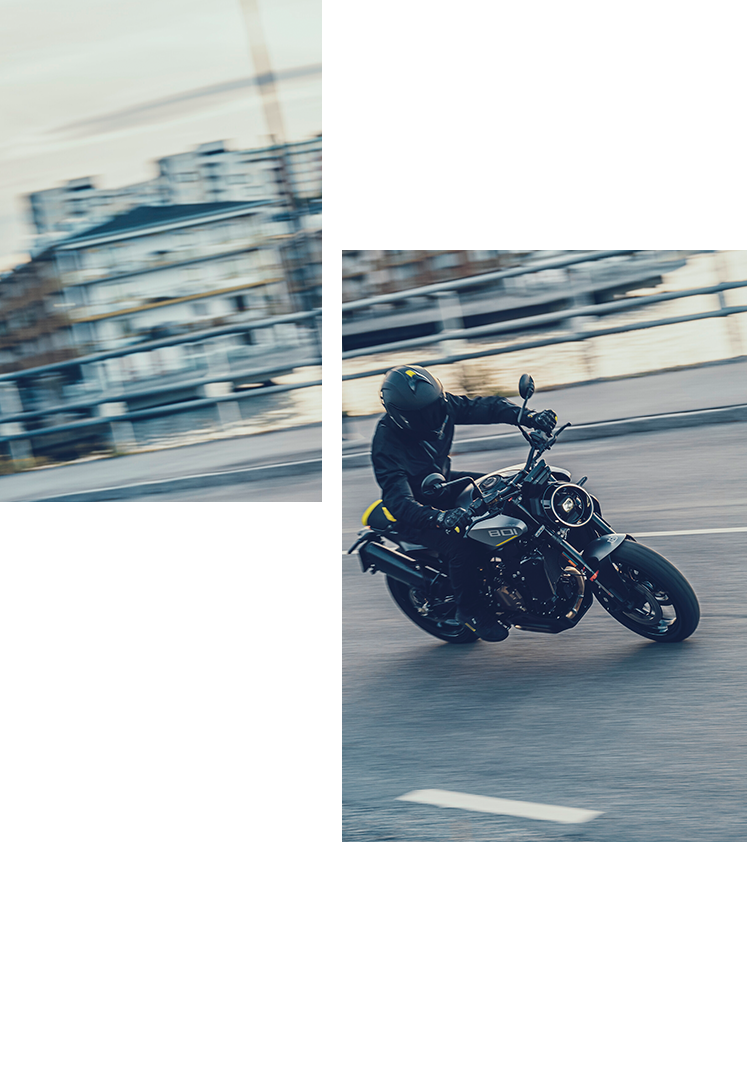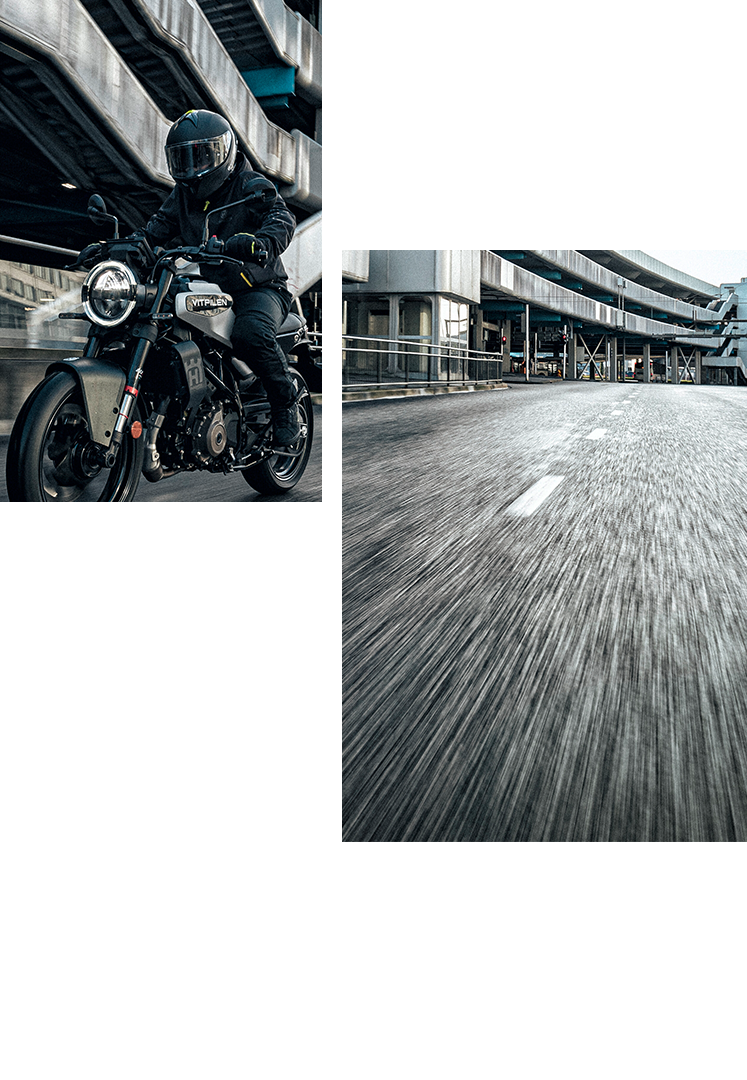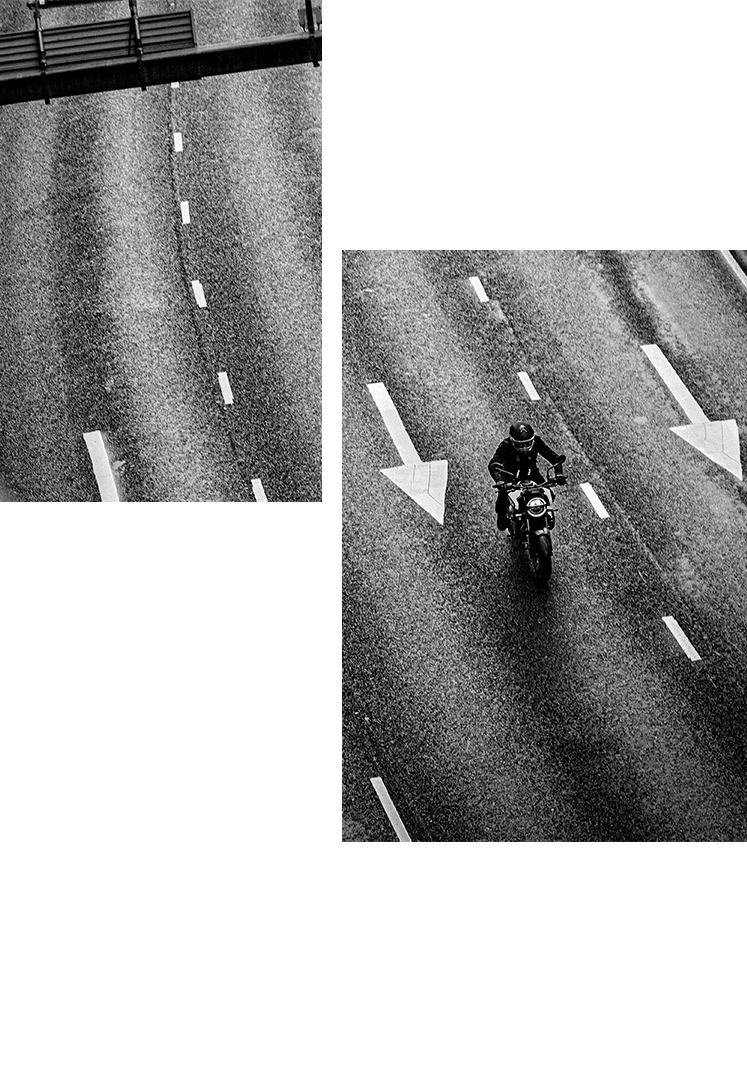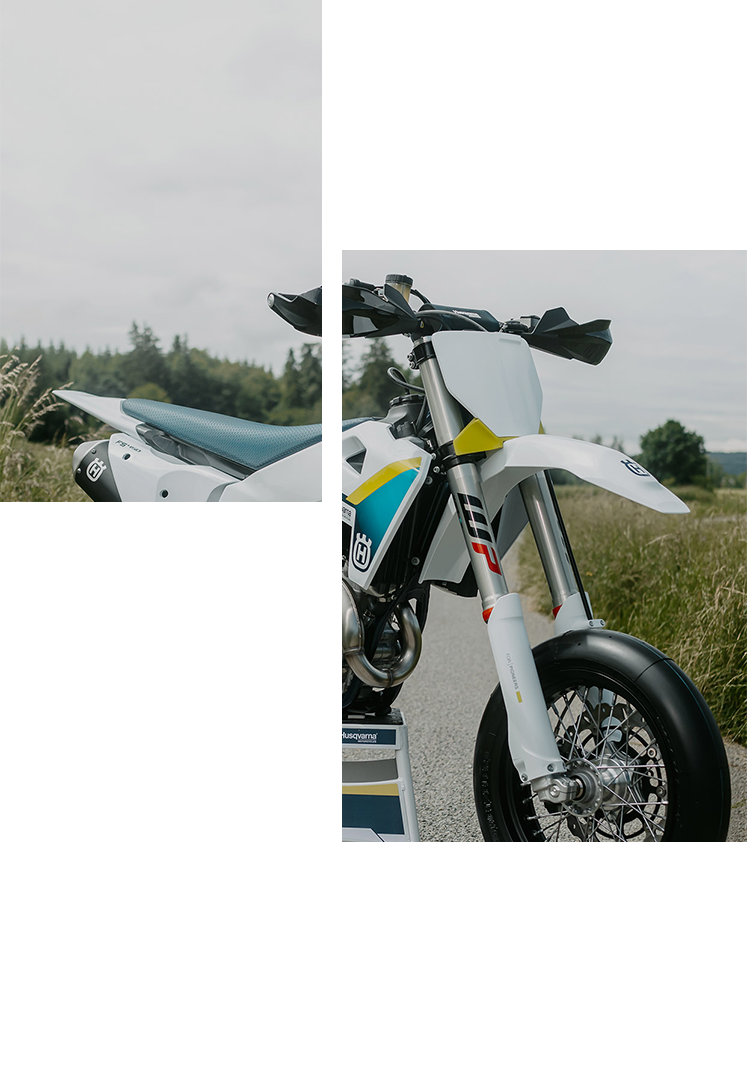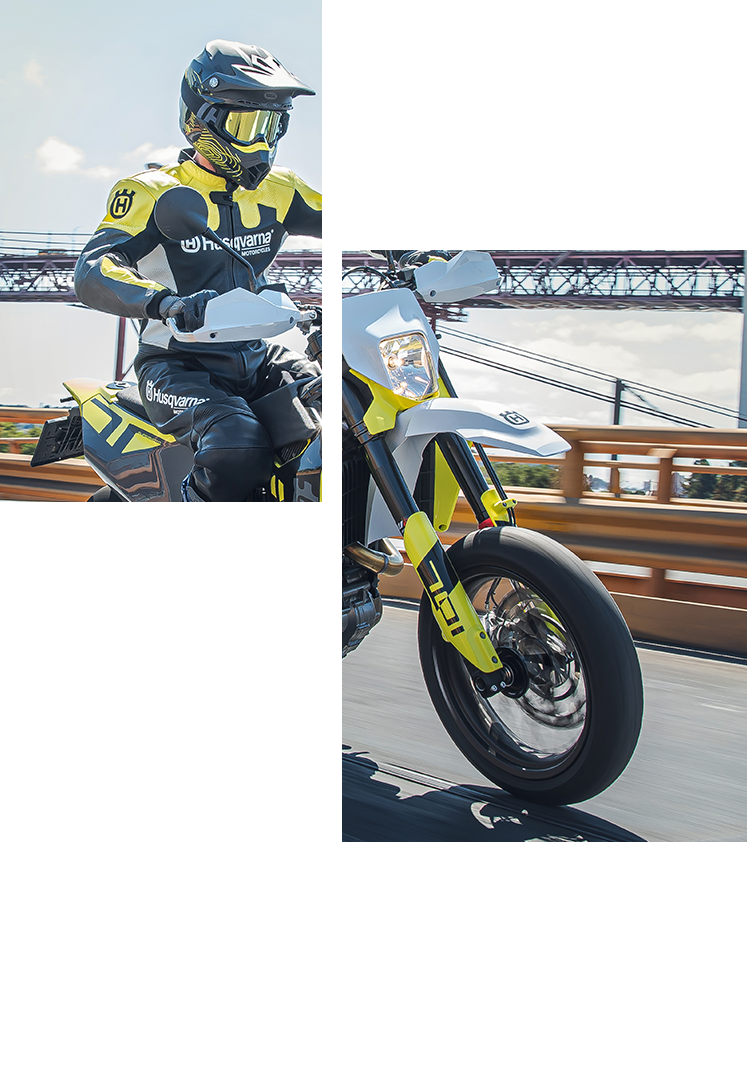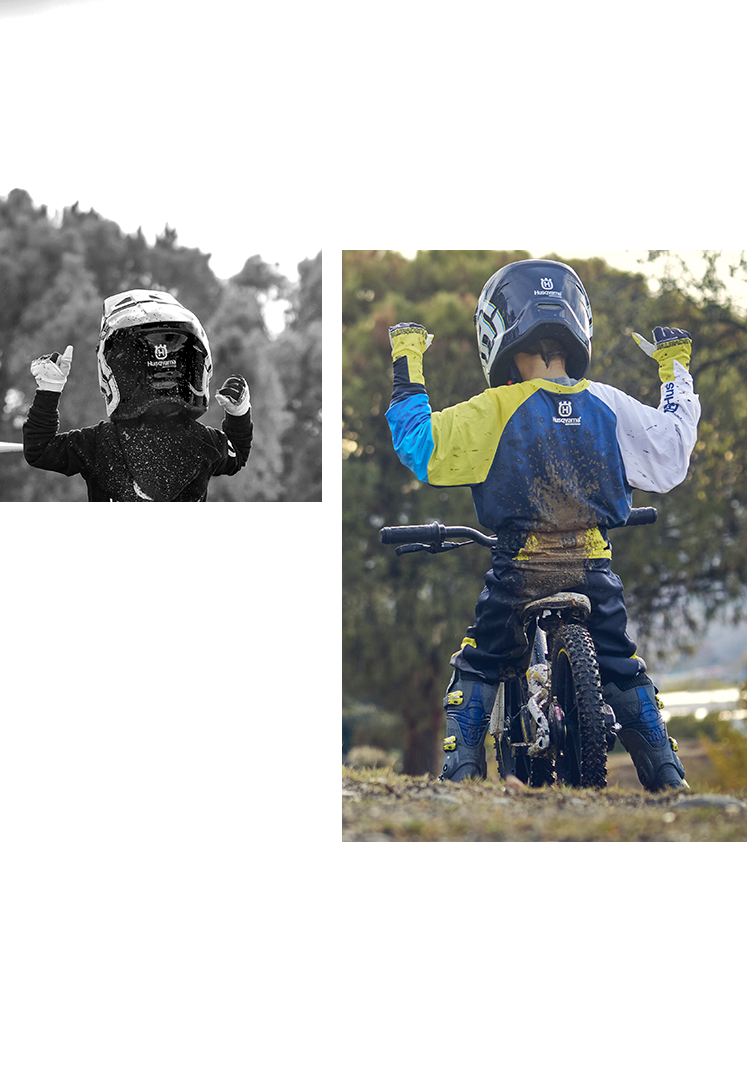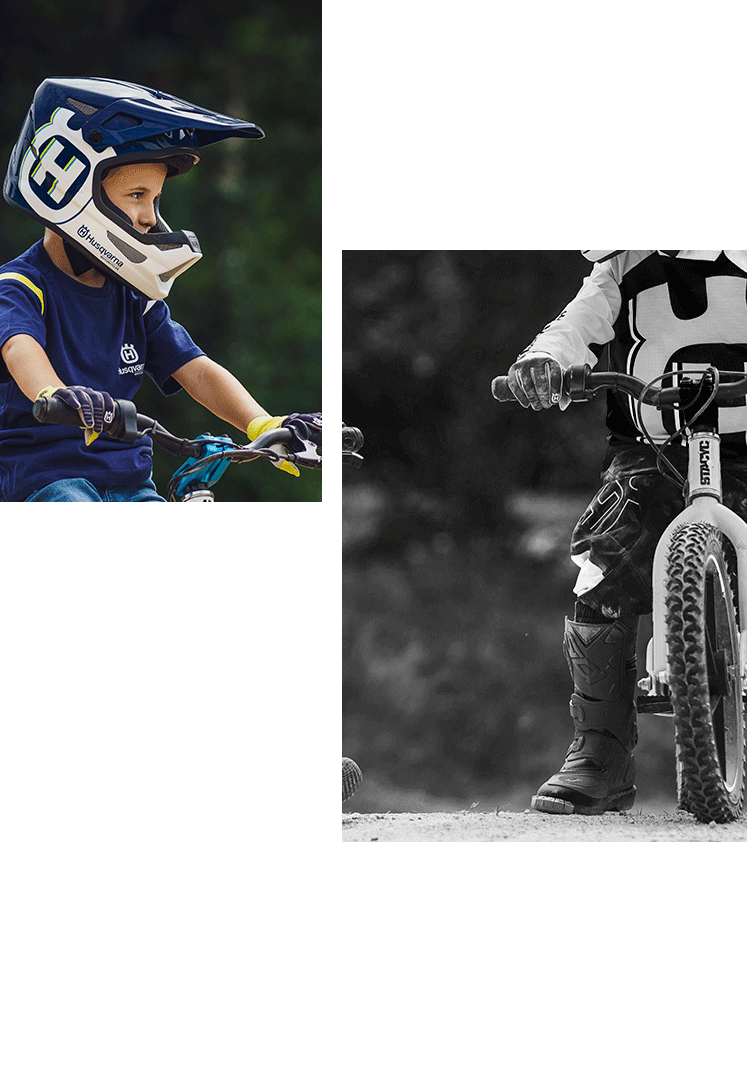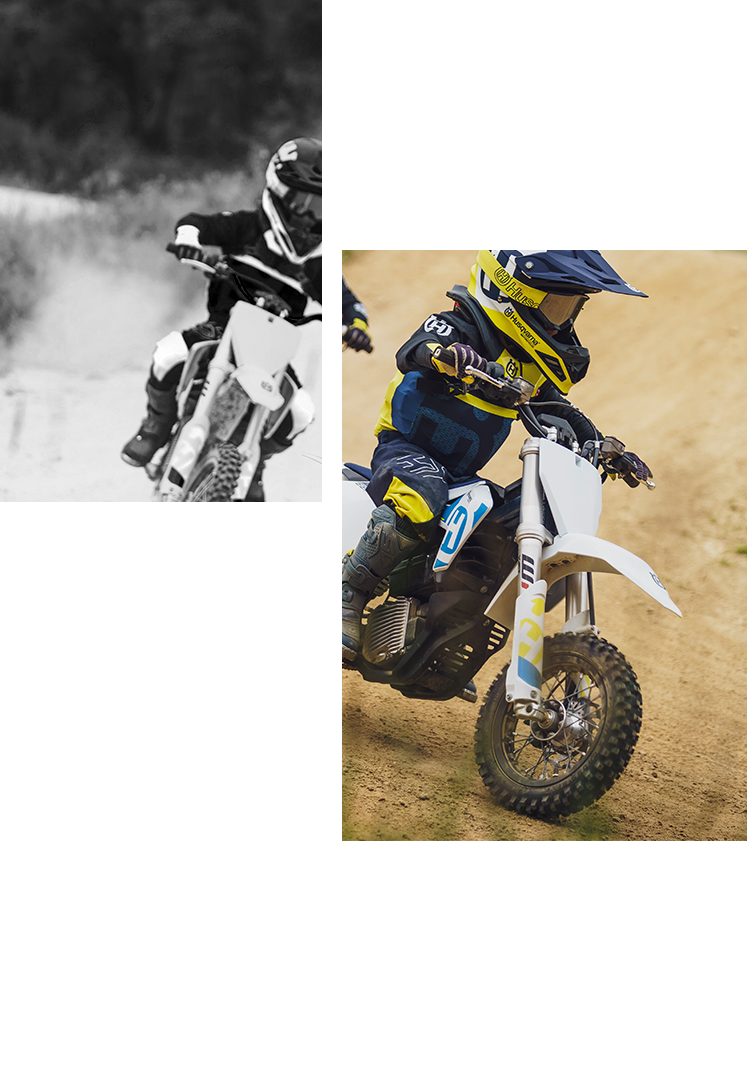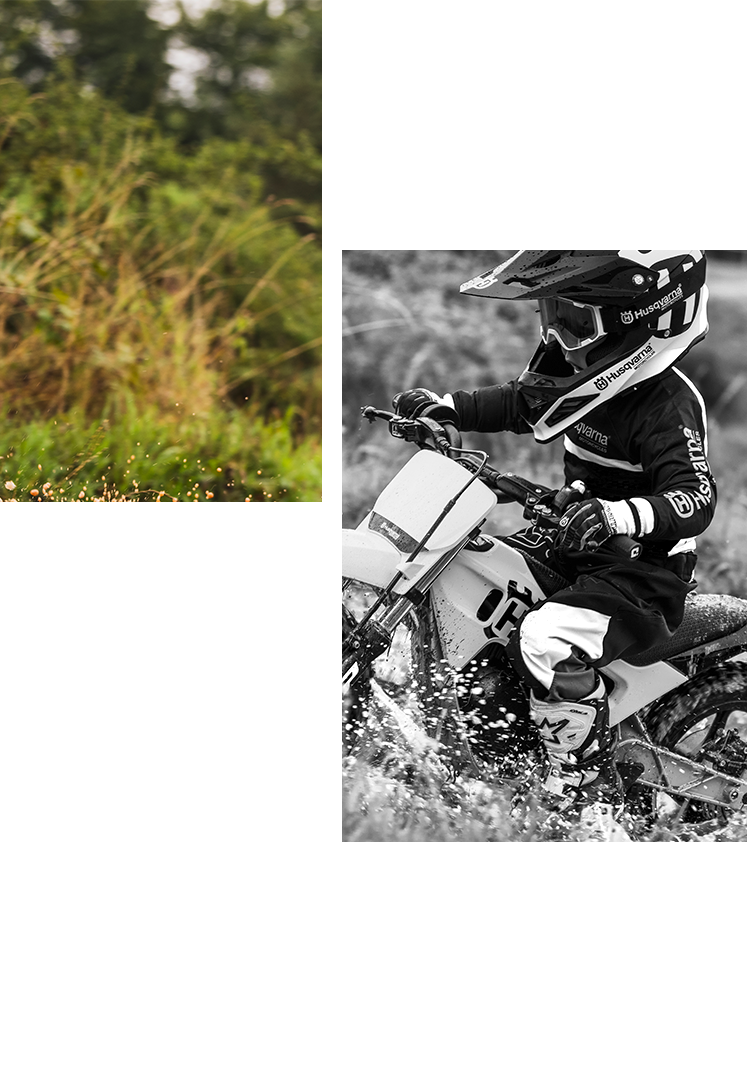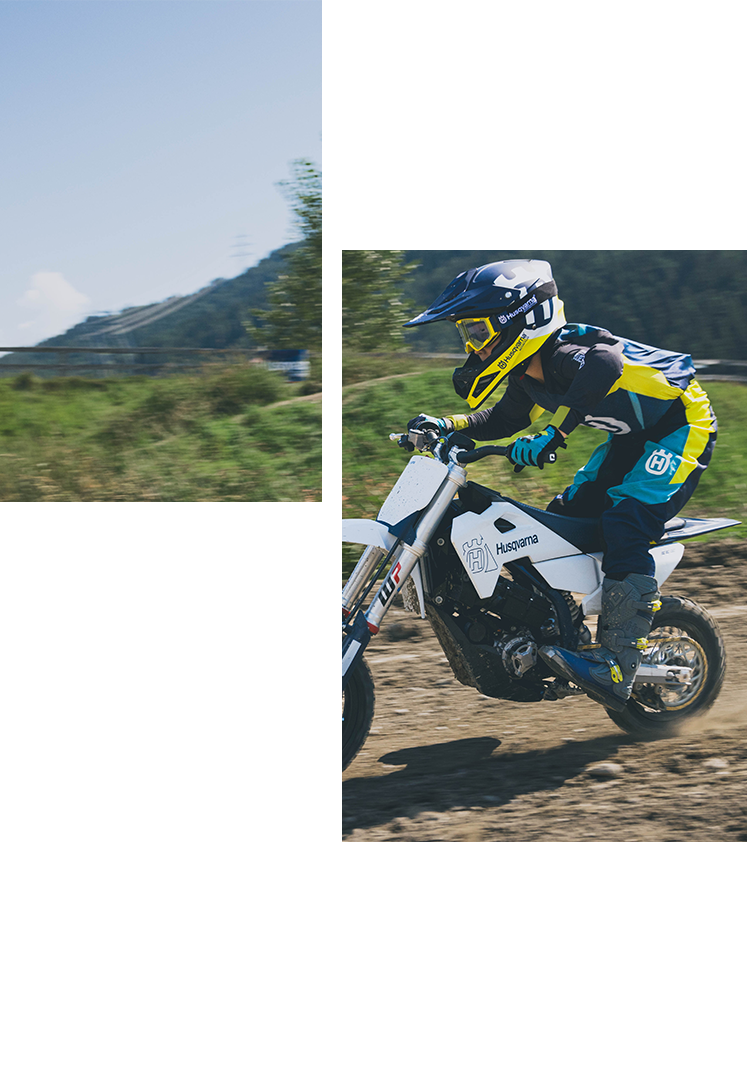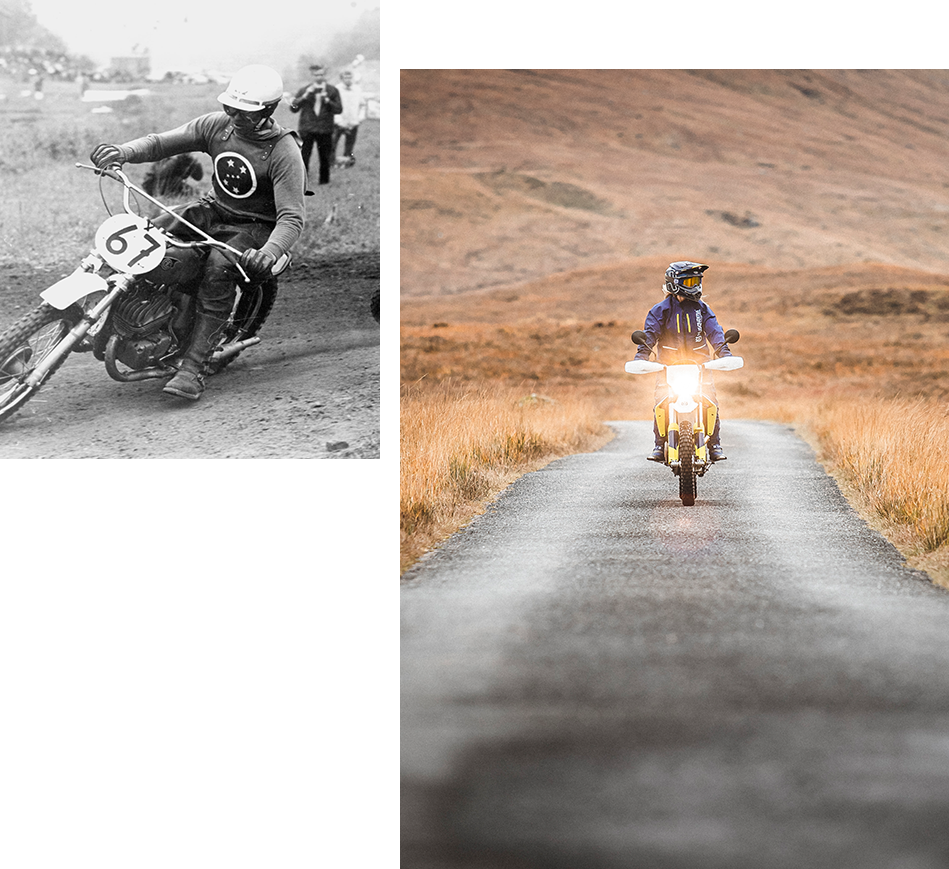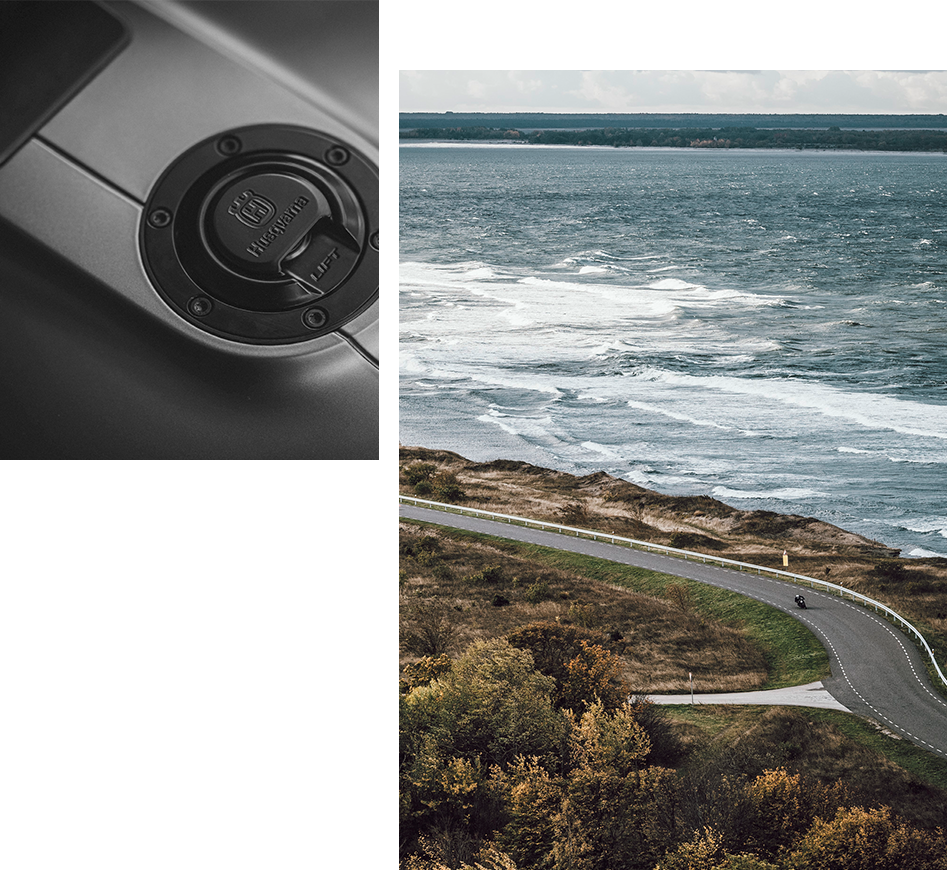In the need for speed, Husqvarna also realised that there was a market for smaller bikes, which were affordable for most customers. In 1927 they presented the model 20, which soon became the 25. This outfit consisted of a 175cc side-valve JAP engine. It was nicknamed "the Kitten" and went through the factory until 1931 when it had turned into model 30 with a JAP side-valve 245cc power source. The 30 model was introduced already in 1929, being then manufactured for the coming six years. The 30 inherited the nickname of “Kitten” from its predecessor and was also equipped with the 250 JAP. The 30 had a performance of 7.5 horsepower at best. The cylinder, together with the cylinder head, was cast in one piece as this method was simpler and more economic for Husqvarna at the time. With a ride height of 64 cm the brochure promised customers a comfortable riding position on the machine’s Terry-saddle.
In 1930 there was also a 490cc JAP-engined machine available and even a 496cc Sturmey-Archer motor was being introduced. Looking at the sales figures from Husqvarna, it was clear that motorcycling had caught many people's eye in the roaring 20s. According to factory statistics, the Swedes sold approximately 7,500 units in the decade from 1921 to 1930. Unfortunately, these motorcycle figures were not matched in the coming years. During the 30s and through the Second World War production declined severely for obvious reasons.
